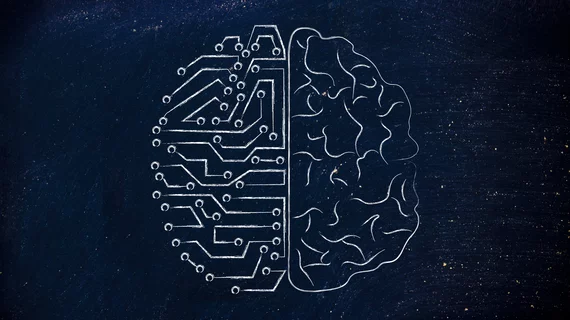Battling helplessness: Experts urge radiologists not to sit on the sideline as AI takes hold
With all of the rapid change and proliferation of artificial intelligence taking place in the imaging field, it can be easy to develop a sense of helplessness. But researchers from three Canadian institutions are urging radiological professionals not to sit on the sidelines while health care transforms around them.
Radiologists must take an active role as institutions adopt these new technologies, and they’re uniquely positioned to do so, having worked in all segments of the health care system from ED to primary care. Imaging providers must stop underestimating their influence, argued Andrew Murphy and colleagues in a commentary published Oct. 11 in the Journal of Medical Imaging and Radiation Sciences.
“We must make our voice heard during vendor demonstrations and conferences and ultimately in our research,” noted Murphy, who is a radiographer with St Paul's Hospital in Vancouver and editor of JMIRS. “Rather than whisper in the corridors of our respective workplaces, we must find the courage to share information with confidence. If a new application changes practice, why not audit that change and publish it? If a vendor's promise seems suspiciously ambitious, who better to enquire and advise than the professionals operating their product daily?”
This will be especially important in safeguarding to ensure that new tools, promised to lessen the burden on providers, actually do so. Burnout is a constant concern in the profession, and a “faster conveyer belt” on an assembly line where workers are already “struggling to meet demand” doesn’t help move the profession forward.
“Medical radiation professionals are well-positioned to advocate for an ideal balance here,” Murphy argued. “Our priority must be ensuring that any tools suggested for implementation in our workplaces will result in a healthy balance between efficiency and the well-being of both patients and those providing care.”
The article also touches upon some of the common uses of AI in radiology and the accompanying ethical concerns. Andrew and coauthors noted that radiologists have already successfully transitioned to the digital and three-dimensional ages. They can conquer the era of AI, too, if they approach it with the same “cautious optimism and an appetite to be involved.”
“As medical radiation professionals, we possess unique clinical experience and research talent. Harnessing this talent to ensure AI is used both safely and ethically is vital,” concluded Murphy and colleagues. “There are enough computer scientists to write new algorithms; what we require are engaged health care professionals, making their voice heard to ensure that the overall outcome of this technological revolution is for the greater good of society.”

